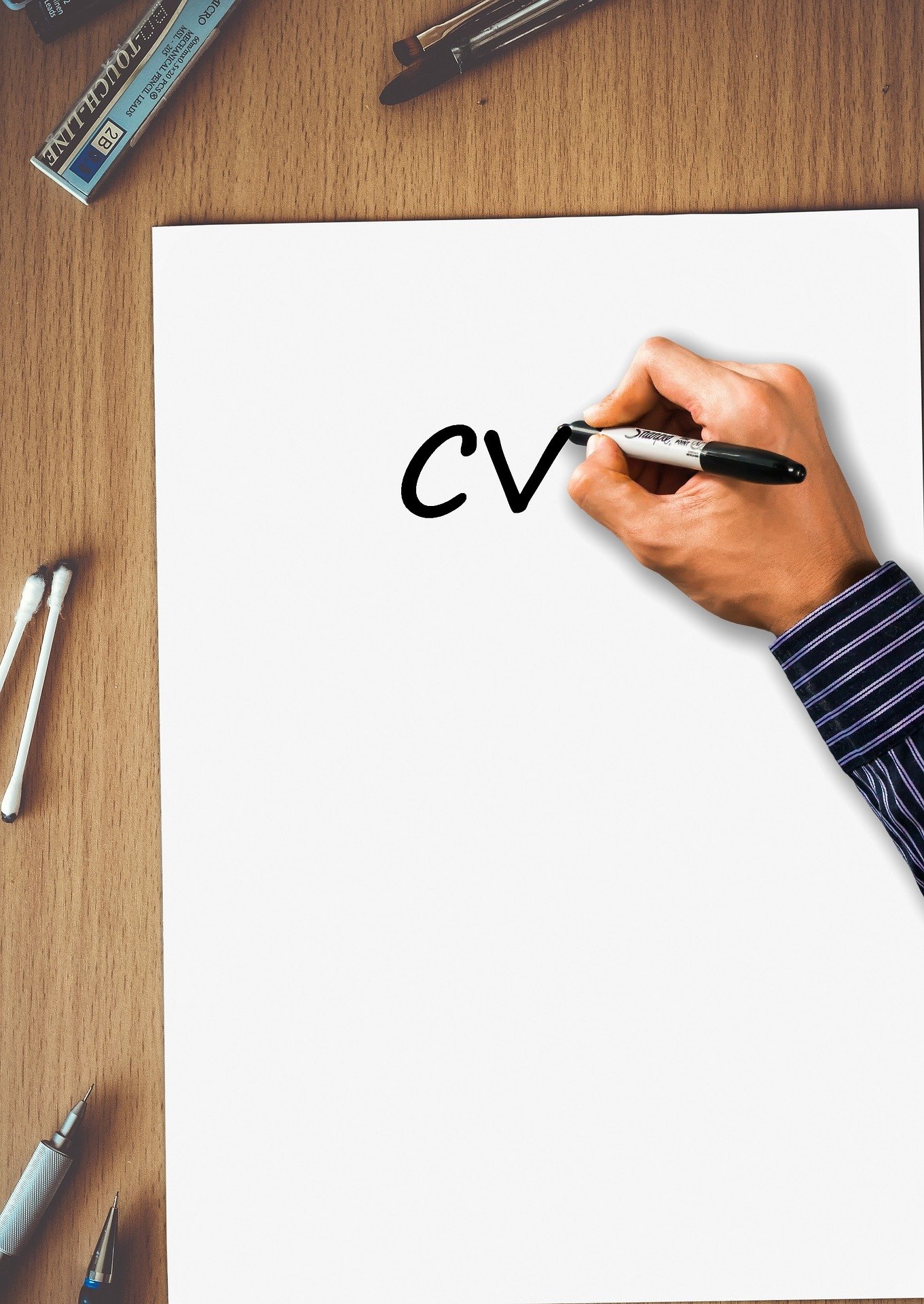Tools for creating CVs
An unfortunate consequence of the current pandemic is rising levels of employment. With so many applicants for jobs, a good CV is vital to ensure your application stands out.
I have extensive experience from both sides of the recruitment process, and today's blog draws on a combination of experience and research.
Many applications for jobs are done online now, which means you may not submit a full CV, however, if you have a good CV, you can cut and paste / copy into the online form.
Some tips:
- Standard practices for CVs do change, so if you've been using the same one for years, it's time to change it.
- Recruiters often skim read, especially if they have hundreds or thousands of CVs for a post. Keep it brief!
- Your CV is your first introduction to the recruiter - it needs to be typed, neat, concise, and accurate. It should be typed, and free of errors. (I have received hand written CVs for a job requiring a high level of IT skill - it is an immediate disqualification)
- Tailor your CV for the post, highlighting relevant experience and qualifications. (I usually have several versions of my CV, depending on the type of role I'm applying for.)
- Use the same font (preferably Arial, Times New Roman or Calibri) and keep the size large enough to read comfortably (size 11/12) Use headings, and keep the layout the same all the way through.
- Never lie on a CV, as if you are caught, your employment contract can be terminated immediately.
- Your competed CV should be no more than two pages
The basic sections every CV should include are:
- Contact information: you address, email and phone numbers
- Personal Profile: a few sentences that describe you in brief, and the type of role you are looking for. Make sure this is appropriate for the job for which you are applying.
- Education: List your educational qualifications, along with the dates for your studies.
- Work history - a list of all your previous posts (some applications restrict this to the last 5 years, or the last 15 years) with the dates of employment. If there are any gaps in employment, ensure you put in the reason - it is something recruiters always look at.
- Skills - list the specific skills you have, such as 'works well with a team' or 'adaptability', 'attention to detail', 'leadership' etc.
- Additional information (optional) Certifications, Associations, Languages, Extra Training and Courses, Conferences, Publications, or Awards.
There are also things that should never appear on your CV:
- date of birth
- Marital status
- nationality
- photos or pictures
- salary requirements
- irrelevant social media or internet links.
Your covering letter
Most applications also require a covering letter. Again, I keep a generic one that I can copy and paste as needed into each application.
- It should be neat, concise, and free of errors, inaccuracies and lies. (Have a friend check if for spelling and grammar errors)
- Most job adverts include a detailed 'person specification' ie, the type of person and skills they want. Ensure your use these as points in your covering letter, and answer each one, preferably with specific examples. Many of the companies where I have recruited staff have a 'points system, where applications are scored against these criteria, and the ones with the highest scores are selected.)
- It should be brief.
Many people are comfortable using their word processor to format their CV, which is fine. However, for a range of formats and layouts, try using one of the sites listed below. Make sure you can download and edit the final product.
Free sites to help you build a CV:
Each site will help you to generate a good CV that you can download. Choose the one with the template that appeals to you most.
Job hunting is difficult and stressful. Having a good CV is one of the most important steps towards getting the job you want.
